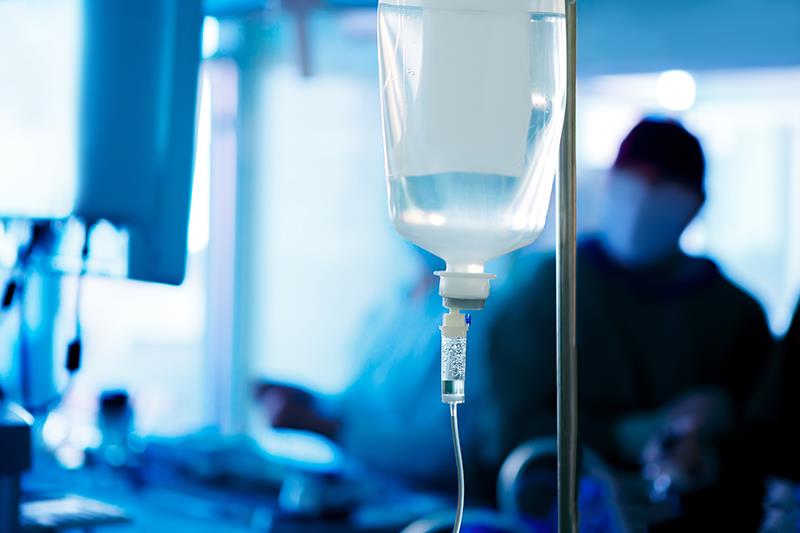Tight potassium control to prevent AF after cardiac procedures may be unnecessary





Relaxed control of potassium levels, with supplementation initiated only when levels drop to low, is as good as tight control in preventing atrial fibrillation (AF) after coronary bypass artery graft (CABG), as shown in the open-label TIGHT-K trial.
The incidence of new-onset AF identified by any means up to 5 days after CABG, the primary endpoint, did not significantly differ between the relaxed and tight arms (27.8 percent vs 26.2 percent; risk difference, 1.7 percent, 95 percent confidence interval [CI], −2.6 to 5.9), with the relaxed potassium control protocol meeting the noninferiority criteria. [JAMA 2024;doi:10.1001/jama.2024.17888]
Results for other outcomes were likewise similar between the relaxed and tight arms. These included new-onset AF as detected by an ambulatory heart rhythm monitor (27.8 percent vs 33.1 percent), new-onset AF as detected by an ambulatory heart rhythm monitor or clinically detected (33.1 percent vs 33.0 percent), and non-AF dysrhythmia (19.1 percent vs 21.1 percent).
Mortality rate up to 5 days postoperatively was 0.5 percent, median time-to-discharge from critical care was 2 days, and median time-to-discharge from hospital was 6 days in both arms.
However, due to the cost related to purchasing and administering potassium therapy, relaxed control was significantly less expensive than tight control, with a mean per-patient difference of USD 111.89 (95 percent CI, 103.60–120.19; p<0.001).
“We were able to show that routinely supplementing potassium for tight control offers no benefits compared with relaxed control but is more expensive,” noted lead investigator Professor Benjamin O'Brien from the Deutsches Herzzentrum der Charité, Berlin, Germany.
The cost savings are worth considering, given that potassium therapy is among the major cost drivers in many cardiac units, O'Brien added. [Trials 2017;18:618]
Importantly, unnecessary potassium supplementation can pose significant risks, the investigator pointed out. For one, prolonged venous access solely for potassium delivery raises the risk of infection. Furthermore, intravenous supplementation can cause fluid loading and accidental (even fatal) rapid potassium infusion. Oral alternatives, on the other hand, often lead to gastrointestinal discomfort and are poorly tolerated by patients. [Arch Intern Med 2000;160:2429-2436]
“So, the results from TIGHT-K are good news—we can safely stop the widespread practice of maintaining high-normal potassium levels after isolated CABG, improve the patient experience, and also save money,” O'Brien said.
Ultimately, a reduction in unnecessary potassium supplementation interventions minimizes clinical waste as well as the carbon impact from manufacture and supply, he added.
Conducted across 23 cardiac surgical centres in the UK and Germany, TIGHT-K included 1,690 patients (mean age 65 years, 15 percent female) with no history of atrial dysrhythmias and were scheduled for isolated CABG. These patients were randomly allocated to a strategy of relaxed or tight potassium control protocol for AF prevention post-CABG. Potassium supplements were given if serum potassium concentration fell below 3.6 mEq/L in the relaxed arm or below 4.5 mEq/L in the tight arm.
The intention-to-treat population comprised 830 patients in the relaxed arm and 837 in the tight arm. The median number of times potassium was administered prior to the first post-CABG AF episode was seven times in the tight group as opposed to 0 in the relaxed group. Consequently, mean serum potassium concentration was higher in the tight group.